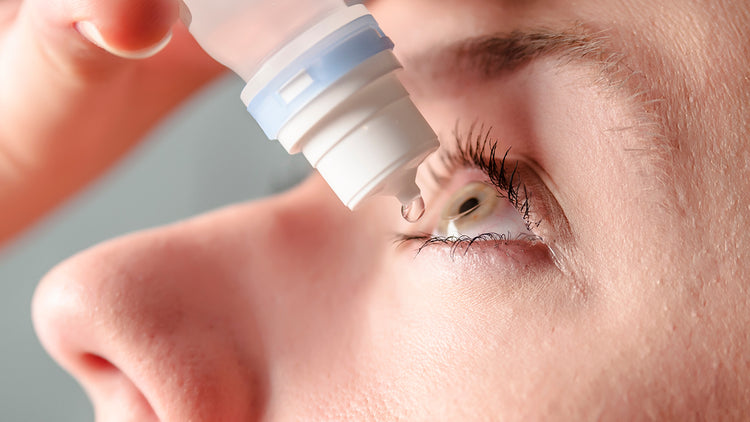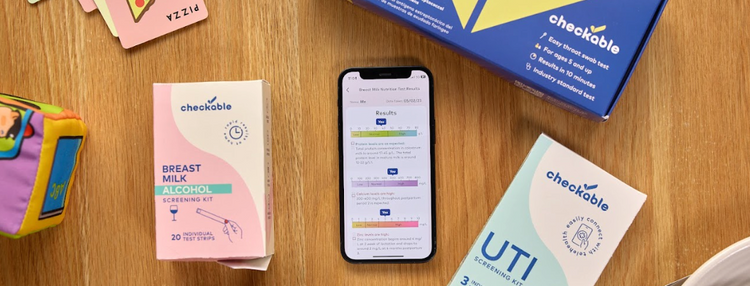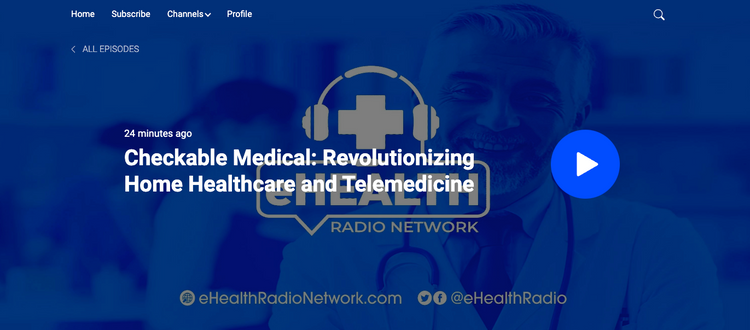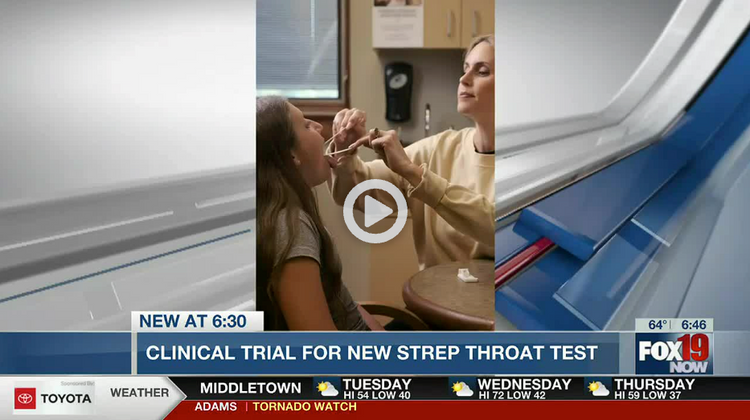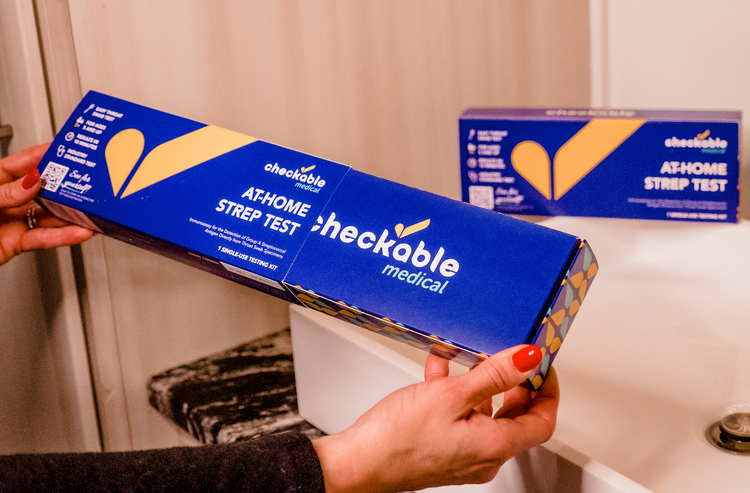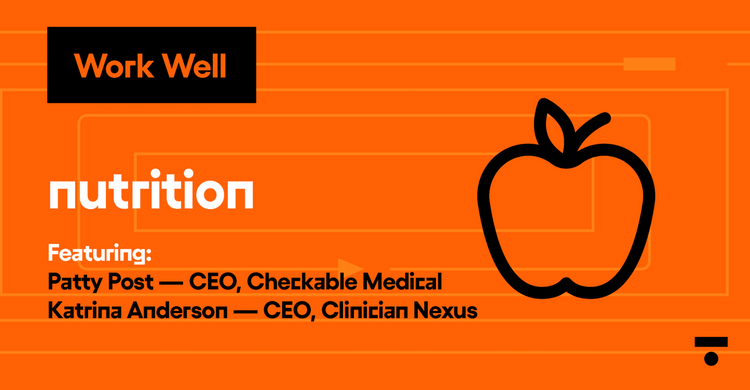
Strep throat is one the most prevalent infections in the U.S. It's estimated that millions of cases are diagnosed with strep throat each year. Strep throat is a bacterial infection caused by a bacterium belonging to Group A beta-hemolytic Streptococcus (GAS). Generally speaking, Strep throat affects children more frequently than adults. Approximately three out of every ten cases of sore throat is classified as a strep throat infection. In this article, we will try to answer some questions that commonly pop up when we are talking about Strep throat.
Who has a higher risk of catching strep throat?
As mentioned, children get strep throat more frequently than adults. School-aged children are the most vulnerable to strep throat among children of all ages. Compared to younger children (less than five years), kids between 5-15 years old have a higher risk of Strep throat infection (24% risk for younger children vs 37% risk for school-aged children).
Compared to younger children (less than five years old), kids aged 5-15 years old have a higher risk of strep throat infection (24% risk for younger children vs 37% risk for school-aged children). Adults are the least affected age group, with a risk of getting strep throat ranging between 5-15%. Strep throat infections are generally more common in late winter and early spring.
How can we differentiate between strep throat and other causes of sore throat?
Despite the fact that strep throat is the most common bacterial cause of sore throat, the most common causes of sore throat, in general, are viruses. That's why strep throat can sometimes be misdiagnosed as tonsillitis or viral infections, like infectious mononucleosis or hand-foot-and-mouth disease.
The seasonality and the symptoms can help distinguish these infections from Strep throat. Strep throat is characterized by having a rapid onset, high fever, and intensely red inflamed tonsils. On the other hand, infectious mononucleosis is most common among people 20-30 years old and causes more fatigue and enlarged lymph nodes in the neck (cervical lymphadenopathy). Hand-foot-and-mouth disease is characterized by painful oral lesions and rash in the hands and feet. This one is far more common in babies, especially those in daycare settings.
How to diagnose Strep throat?
Strep throat is diagnosed using a combination of both clinical decision and rapid antigen detection testing (RADT). The clinical decision on its own whether to treat should be made based on consideration of age, symptoms of the patient, and signs on examination. Based on the clinical assessment, patients who have a low risk of strep throat should be treated symptomatically, which usually means antibiotics, but medications to help alleviate the symptoms.
On the other hand, for patients who have an intermediate risk for strep throat, a RADT test should be ordered to confirm the diagnosis before starting antibiotic therapy. Moreover, patients who have a high risk for strep throat can be treated with antibiotics immediately without ordering a RADT.
If the rapid test comes back negative, but strep throat is still suspected, your doctor may take a throat culture that goes to a lab for further testing. It is a good idea to keep a few at-home strep tests on hand for fast and accurate results in minutes.
Is a tonsillectomy recommended if you have recurrent strep throat infections?
A tonsillectomy (surgically removing the tonsils) should be considered only for a specific group of patients who have recurrent Strep throat infections and who also have an allergy to the antibiotics used to treat Strep throat. It can also be considered for patients with a peritonsillar abscess. A tonsillectomy is an invasive procedure and should be considered only after careful assessment.
As always, if you think you could have Strep throat, contact your physician for further guidance. Those who are allergic to any medication used to treat strep throat infections are also good candidates for a tonsillectomy. Strep throat can knock you down, but not out. A quick diagnosis and a course of antibiotics will have you feeling better in no time. If you are still unsure, check out our step-by-step guide for diagnosing strep.
Life is too short to sit in a doctor’s office
Sign up for our weekly newsletter and get valuable healthcare tips and tricks in your inbox!
Sign up now and unsubscribe anytime.
- Choosing a selection results in a full page refresh.
- Press the space key then arrow keys to make a selection.


































